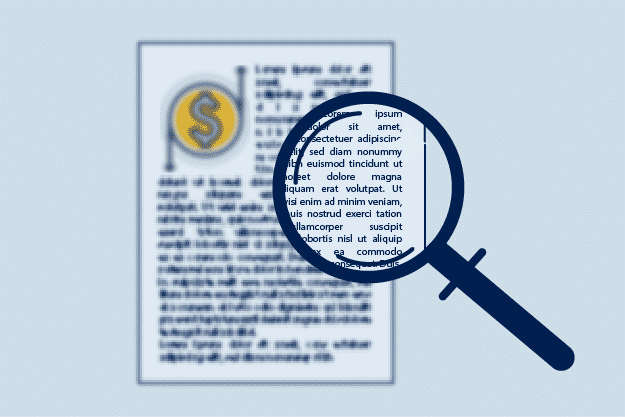The COVID crisis has made financial stress testing, to ensure banks’ capital adequacy, more relevant and an even greater concern.
Major capital adequacy and financial stress testing rules and guidelines, such as the international Basel III guidelines, the international IASB IFRS 9 reporting standards and the US Comprehensive Capital Analysis and Review (CCAR) framework, originated following the 2008 global financial crisis. Another key guideline, the US Financial Accounting Standards Board’s CECL (current expected credit losses) methodology, originated in 2016. All aim to guide banks and regulators to achieve relative stability and reduce systemic risk in extreme circumstances.
These guidelines exist but banks now have to confront COVID crisis-fueled financial stresses, like market volatility and skyrocketing expected credit losses (ECLs). The stress tests, both internal and set by regulators, for compliance with these guidelines and rules will now involve more extreme and unexpected scenarios.
The road to recovery
The shape of any potential recovery will vary for different sectors. A bank with exposure in different industries needs to determine how the COVID crisis is impacting each of those industries, as well as what type of recovery to expect. More advanced, nuanced modeling can help run scenarios that banks might confront from different industries and sectors.
Banks and regulators design scenarios that vary in severity. The variables will include provision levels, capital levels and methods of managing liquidity. Each scenario can serve as the basis for an analysis, which can guide how the bank should prepare and react – when encountering that scenario, or one close to it. However, running model scenarios inevitably depends on the availability of data and the flexibility of operational systems. Rigid silos and systems within banks can hamper the accuracy and usefulness of a scenario. An enterprise-wide view, covering all data inputs across all variables, is required to get the most insight from a scenario.
Stress testing is a cooperative exercise involving multiple functions and units within a bank. Each function needs to provide data sets to populate the stress test models. More information and data is flowing every day, and having the latest data adds value for scenario analyses. But this data has to be available and it has to be validated prior to being brought into a modelling engine. Being responsive to ad hoc stress tests or to applying advanced modelling approaches depends on a smooth process for gathering and curating the data. Traditionally this was hampered either because banks lacked a central operational data store or lacked the convenience of being able to draw fresh data into it with automated checks and validations. Banks with foresight are now advancing beyond this level of maturity, enabling their quants teams to rapidly draw from currently-incoming data, swiftly run essential validations and use it immediately with integrated quants libraries. Stress testing is getting ever closer to becoming a real-time activity.
Methods of financial stress testing
The more advanced the modeling methods, the more flexibility the bank has to run a greater variety of scenarios. Regression-based modeling can compare and contrast more variables, such as economic or credit indicators. This is especially helpful if historical data is lacking. Larger banks often have more flexibility in their methodologies and modeling. Smaller banks with less sophisticated modeling techniques, more used to dealing with a static liquidity pool, will have a challenge trying to run more varied scenarios that support better decision making in the post-Covid market. To make market decisions, banks must understand how much liquidity they have. Banks must at least model what happens without enough liquidity, how they can prevent being squeezed on liquidity, and whether their risk appetite should be changed.
Smaller and mid-size banks are not compelled by the regulations and guidance to be as strict with performing stress tests. Therefore, they may use simpler models, but today’s market is not getting simpler. Small and mid-size banks operating with less sophistication in their modeling techniques will find it more challenging to react with confidence under uncertain market and economic conditions.
Everyone needs to continuously improve their stress test capabilities, and a stress scenario model is only ever as good as the data that runs through it. There is work to be done for banks of all sizes and these challenging times will put a spotlight on limitation and rigidity wherever they occur in the stress testing process.


